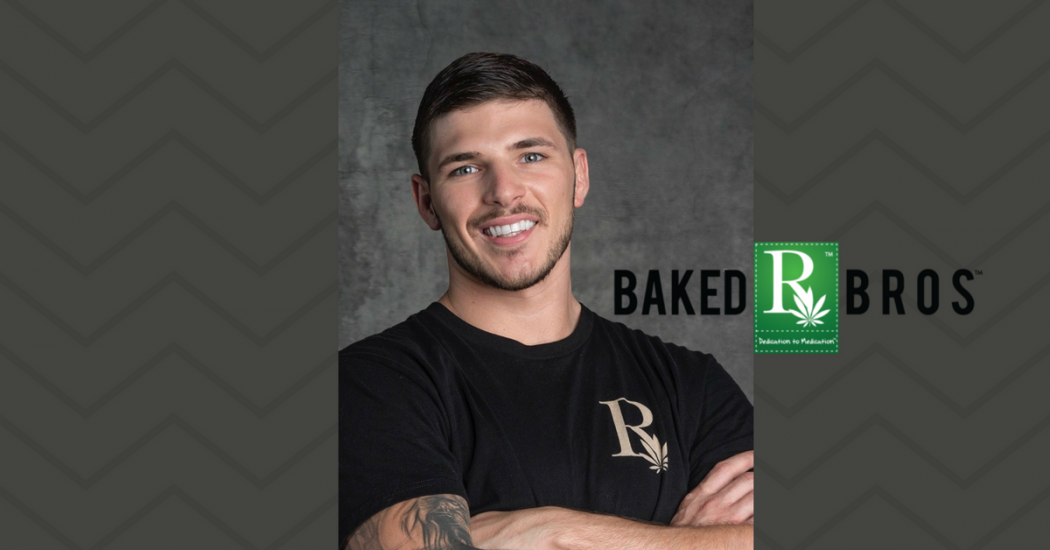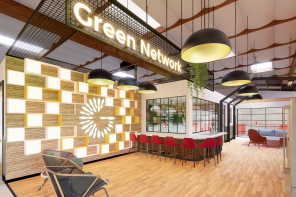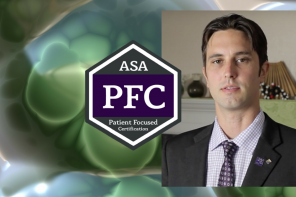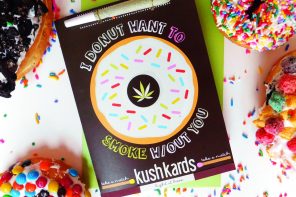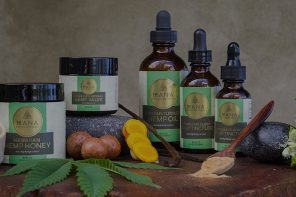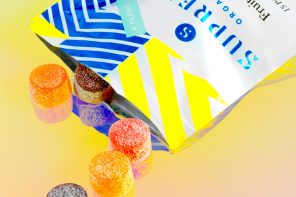With an increasing number of legal cannabis dispensaries across the country, there’s more emphasis on training for dispensary patient consultants, known as budtenders, who become many patients’ primary resource for information on cannabis products.
Baked Bros™ co-founder Nadeem Al-Hasan and associates visit Arizona dispensaries to run education seminars on their award-winning edibles and THC syrup products, and interact with 300-500 medical cannabis patients weekly. “There’s 105-107 brick and mortar dispensaries in Arizona – it’s definitely growing. Our product is in 70 dispensaries in Arizona,” Nadeem said.
From all their time spent in dispensaries, Baked Bros™ has developed a comprehensive budtender training program.
“The major emphasis is that dispensary workers are the direct extension to the patients. ‘Joe and Jim’ at the dispensary might not have a medical background, but they’re working with people with severe medical conditions. They need to be HIPAA compliant,” Nadeem said.
“[At the seminars] we’ll give quite a few pieces of tangible educational materials. The education includes what our products are – our products can be measured and dosed.”
Nadeem talked to Cashinbis about what makes a good budtender and shared his “dedication to medication.”
What makes a good budtender?
Just from walking into a dispensary and conversing with a patient consultant, I can tell how it’s going to go. If I go in and say “I have epilepsy, what’s going to help?” and they say, “Do you want daytime or nighttime?” – that’s not going to make sense or help a patient. That shouldn’t be the first question. A good budtender is aware of the products, so that they can recommend the best fit.
And they’re aware of what’s in the products. For example, know that if Brand A is labeled with 100 mg of total cannabinoids and Brand B is labeled with 100 THC, it’s not the same thing. I’ve met budtenders that were unaware of this, and it’s a world of difference.
Another thing a good budtender knows is – what’s the active ingredient? The quality of the ingredients is important too. A lot of patients don’t want high fructose corn syrup, for example.
Budtenders also need to be mindful that even though it’s your favorite, it might not work for Susie or Grandma.
What makes a bad budtender?
The main challenge is ego. A lot of people share the same vision, which is helping patients. Some dispensaries just want to turn out products because they have a retail mindset. Some have an ego that they know everything, and that their budtenders are educated — to their standard.
Budtenders need to be able to accurately define every step of the process. I don’t feel this will continue to be an issue in the industry for long, because people are beginning to notice.
What is the challenge in teaching patients about edibles?
Many patients didn’t like edibles because they didn’t take the right dose. We’ll teach them how to find your dose. 1 ml is 5 mg of THC. When you take a sub-lingual, the bioavailability is significantly increased. What I mean by that is with a syrup or sublingual, you bypass the stomach and get right into the bloodstream. A cookie or brownie might take 45 minutes [to take effect], but a sublingual could be anywhere from 5-15 minutes.
Edibles are arguably the most efficient method. When we ingest edibles, our liver converts THC, but not when we smoke it. We get the canna-connoisseur who is very confident, tries an edible and finds out a 10 mg joint cannot be compared to a 10 mg edible.
A lot of patients don’t know their dose. If you have the right dosage, you can make it more effective. My dose is 25 mg. With our pourable, I’ll take 1 ml every 20 minutes. Staggering the dose extends the duration of the relief that you get.
In what direction are your training programs headed?
We use secret shoppers – a third-party company provides the shoppers, who are patients, and provide detailed reports on dispensaries. We can provide them a list of questions – if it’s related to our products it’ll be something like, ‘Was Baked Bros recommended?’ We share the positive or negative results with the dispensary.
[The training program] adds more emphasis on the budtenders. There’s a high turnaround. I go to every dispensary on a monthly basis and there are new faces every time.
We’re working on a standard template or video for budtenders to view before they get on the floor. Even if you’re starting at Applebee’s, they have a video so that you know the core values and what’s expected on the job.
We’re working on having a space to host our own seminar outside a dispensary. We see a need to not only educate our patients, but a larger audience who are unaware or misinformed.

